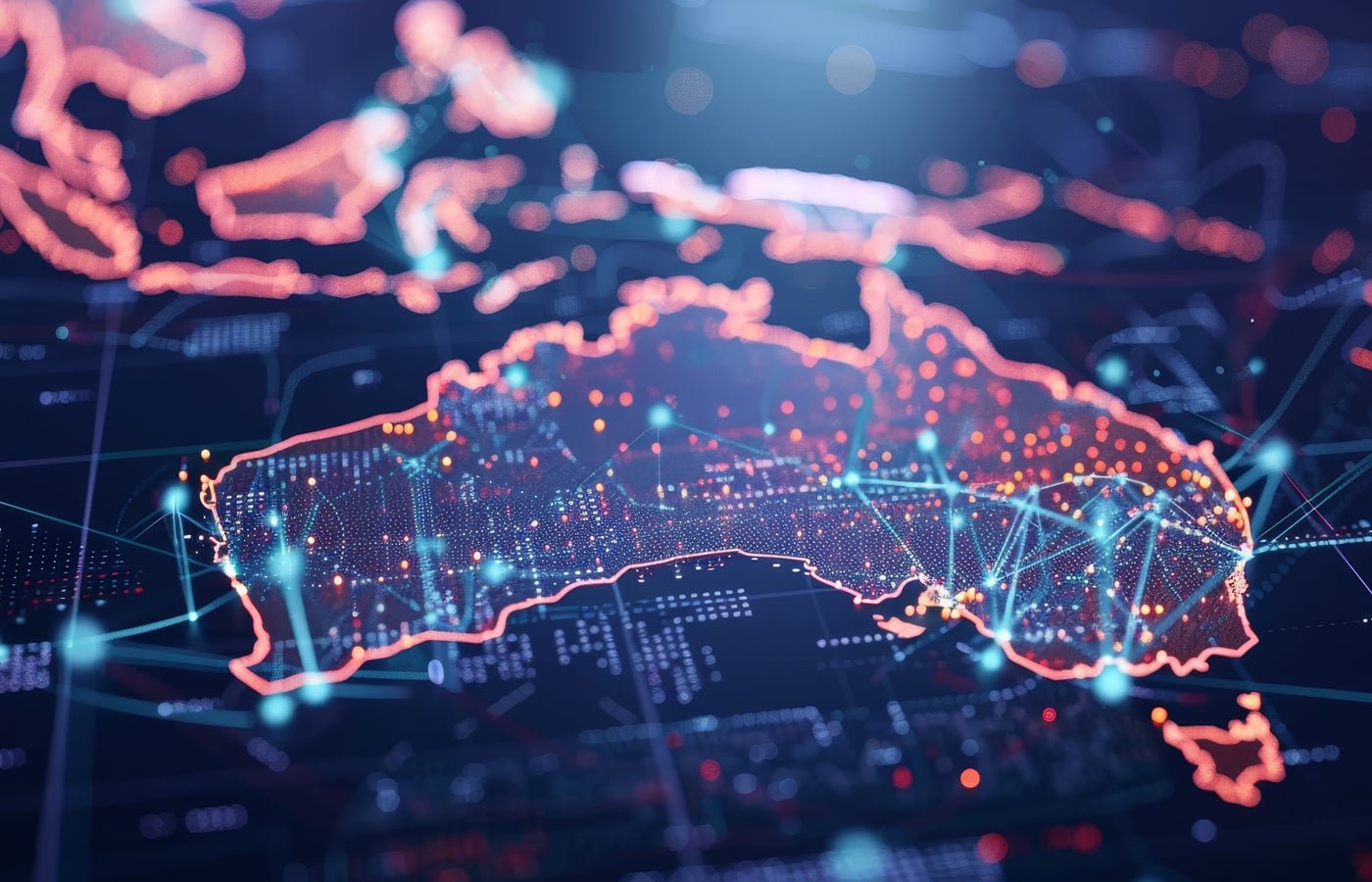
A Growing Threat to Australia’s Renewable Energy Efforts
-
by Anoop Singh
- 6
Australia is on a mission to become a more energy-efficient nation.
The Australian Renewable Energy Agency recently announced a $100 million initiative to explore and expand solar energy capabilities. Further investments in energy storage, pumped hydro, and low-carbon grids may prove just as significant.
However, the nation must also address an underlying challenge: the integration of robust IT and software foundations within the OT environments that run the grids. Without these, Australia could struggle to fully realise its renewable energy ambitions.
The convergence of OT and IT
OT refers to the hardware and software that detects or causes changes through direct monitoring and control of physical devices, processes, and events in the enterprise. IT involves the use of systems — especially computers and telecommunications — for storing, retrieving, and sending information.
Traditionally, these two forms of technology have been kept fairly distinct and managed independently. However, the integration of OT and IT is essential for the modernisation of energy grids.
As IBM notes, there are four areas where this integration must be effective:
- Smart meters: Smart meters measure real-time energy consumption at the consumer’s end, providing detailed information on consumption patterns to both the consumer and the energy provider.
- Sensors and automation devices: These are installed throughout the grid to monitor voltage, current, and load capacity, among other metrics. They can automatically adjust parameters to prevent overloads and prolonged, large-scale blackouts.
- Communication networks: The backbone of any smart grid, communication networks facilitate the transmission of data between various components, including sensors, automated devices, and control centres. Transmission systems can be wired or wireless and use a range of protocols and communication technologies, such as Wi-Fi, Z-Wave, Zigbee, and 4G/5G.
- Software and analytics: Smart grids generate massive amounts of data. To manage, analyse, and interpret this data, utilities rely on advanced software and analytics tools. This software — and the insights it provides — can help providers predict demand patterns, identify potential issues, and optimise the distribution network.
The role of AI in energy management
AI is also playing an increasingly important role in sustainability efforts, with some tech giants like Microsoft, Google, and IBM leveraging AI to reduce climate harms.
These technologies, such as machine learning and data analytics, enable the smart grid to predict energy demand, optimise energy distribution, and even foresee potential failures before they occur.
AI-driven energy management systems can also analyse vast amounts of data from various sources, including weather forecasts, energy consumption patterns, and grid performance metrics. This analysis can help in building systems that automate energy production and distribution, ensuring that the supply meets the demand efficiently.
Cyber security: A growing threat to renewable energy efforts
Australia is at high risk of experiencing cyber threats through OT technology, which affects the nation’s renewable ambitions. With 82% of organisations experiencing cyber attacks through OT systems, there is growing risk being introduced into Australia’s energy grid as it digitalises.
The nation is also increasingly reliant on a highly decentralised approach to energy, meaning that the attack surface is far greater. For example, rooftop solar — solar panels on individual homes and businesses that are then connected to the grid via IoT devices, software, and digital technologies — is a contributing factor to 40% of Australia’s energy now being supplied by renewable sources.
The increasing integration of renewable energy sources, such as solar and wind, into Australia’s energy grid has made it a prime target for cybercriminals. The adoption of smart devices and IoT technologies in the energy sector has expanded the attack surface, making it easier for hackers to infiltrate and disrupt operations.
The need to scale investment in cyber security
For Australia to successfully leverage renewable energy, they must establish strong IT foundations.
The Australian Energy Sector Cyber Security Framework is a good regulatory step, leveraging successful frameworks, such as the U.S. Department of Energy’s Electricity Subsector Cybersecurity Capability Maturing Model, and harmonising it with Australian-specific control references, such as the ACSC Essential 8.
However, it’s also important for the IT channel — including IT professionals and service providers — and IT professionals to bring the skills and knowledge to manage and secure the integrated energy systems. This includes understanding the unique challenges of OT environments and how to apply IT solutions effectively.
This strategy can enable Australia to target a renewable energy transition that is not only successful but also secure against a growing number of cyber attacks.
Australia is on a mission to become a more energy-efficient nation. The Australian Renewable Energy Agency recently announced a $100 million initiative to explore and expand solar energy capabilities. Further investments in energy storage, pumped hydro, and low-carbon grids may prove just as significant. However, the nation must also address an underlying challenge: the integration…
Australia is on a mission to become a more energy-efficient nation. The Australian Renewable Energy Agency recently announced a $100 million initiative to explore and expand solar energy capabilities. Further investments in energy storage, pumped hydro, and low-carbon grids may prove just as significant. However, the nation must also address an underlying challenge: the integration…
